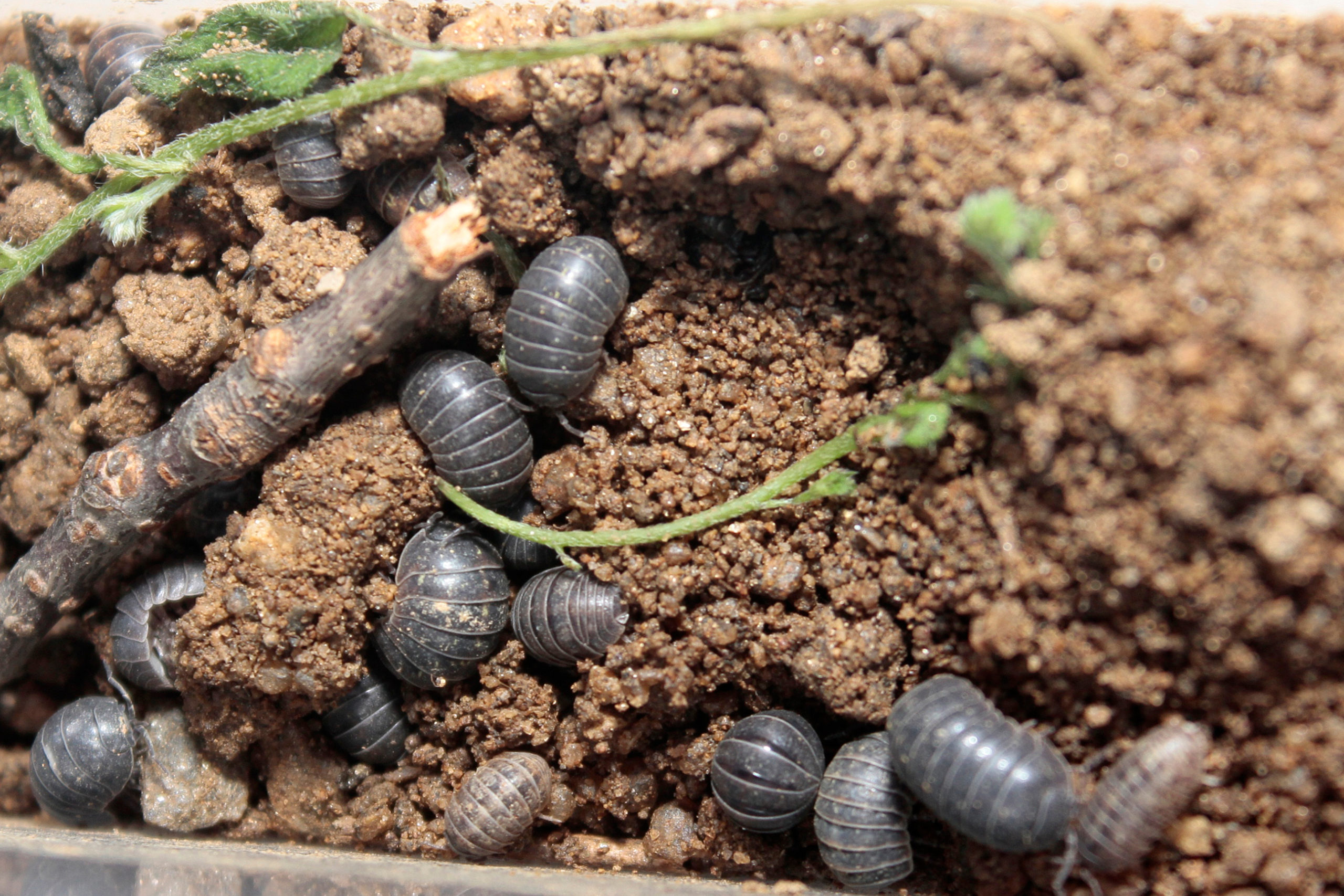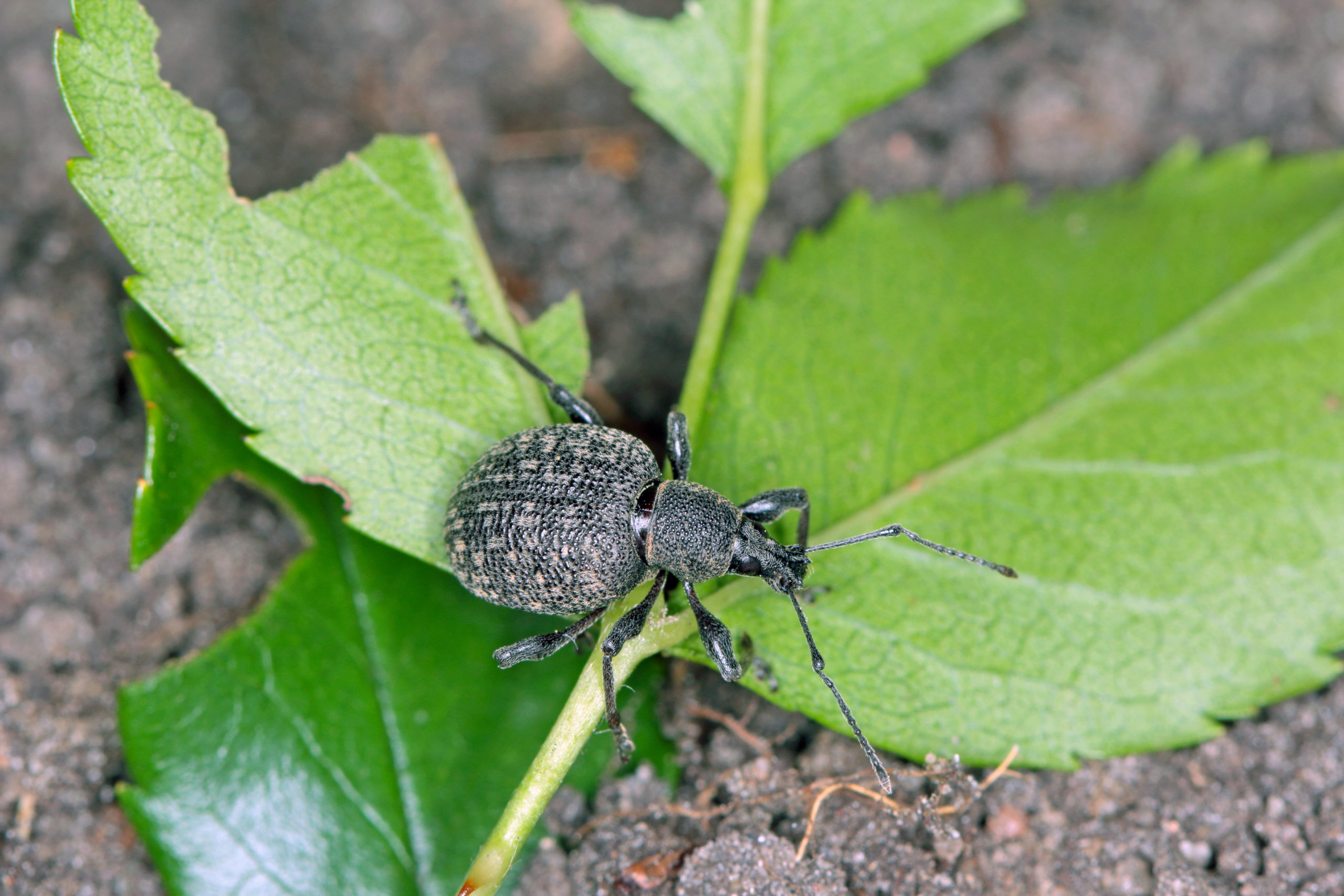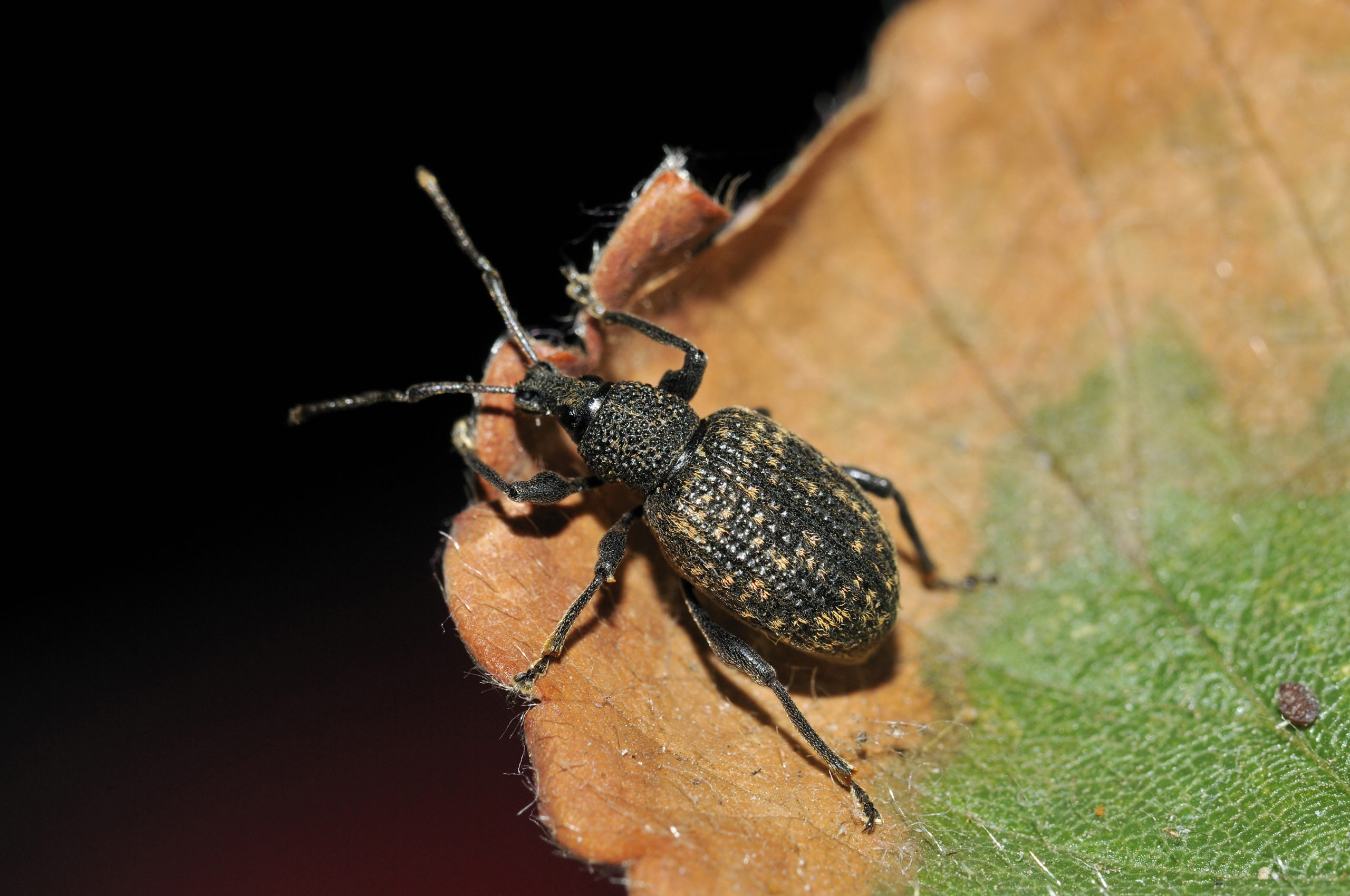What Kind of Insect is That!? – Part 6
What Kind of Insect is That!? – Part 6
In this blog series, we look at some very odd insects that you may encounter in Illinois. In this first blog, we explore: Sowbugs and two different kinds of Root Weevils.
Sowbugs/Pill Bugs
While the name may sound bizarre and unfamiliar, chances are you’ve actually encountered these little guys before. They are often referred to as potato bugs or roly polys and are famous for rolling up into a ball when there’s trouble. They are small, oval-shaped, and typically brown, grey, or black in color. While many people are familiar with these little guys, it is not well known that they are not actually insects. Sowbugs are part of the Arthropoda phylum, making them related to insects and arachnids, however, they are part of a different class altogether. They are members of the subphylum Crustacea, which range in size from microscopic plankton to the 4.3 m giant crab. Crustaceans include crabs, lobsters, krill, shrimp and, of course, sowbugs. Due to the extensive diverse nature of this subphylum, it is broken up into five different classes: Branchiopoda, Ostracoda, Remipedia, Maxillopoda, and Malacostraca. Sowbugs are part of the largest of these classes, the Malacostracans which includes marine, freshwater and terrestrial invertebrates, making them more closely related to shrimp, crabs, and lobsters than any kind of insect. 
Root Weevils (Otiorhynchus spp.)
Root weevils are a kind of beetle with blunt snouts that like to feed on different kinds of ornamental plants. They are typically brown or black in color, oval-shaped, and appear rather dull (as opposed to some beetles that have shiny shells). In Illinois, there are two kinds of Root Weevils that you are likely to come across:  Strawberry Root Weevils: These weevils are brown with a distinct reddish tinge to their color. In particular, the red hue can be seen on their legs and antennae. As adults, they measure about ¼ inch long and are, of course, notorious for consuming strawberries. In addition to indulging in these succulent red berries, strawberry root weevils will also feed on rhododendron, evergreens, rose, and some fruit trees.
Strawberry Root Weevils: These weevils are brown with a distinct reddish tinge to their color. In particular, the red hue can be seen on their legs and antennae. As adults, they measure about ¼ inch long and are, of course, notorious for consuming strawberries. In addition to indulging in these succulent red berries, strawberry root weevils will also feed on rhododendron, evergreens, rose, and some fruit trees.  Black Vine Weevils: These weevils have an even more diverse menu than that of the strawberry root weevil, and have been known to consume juniper, grape, arborvitae, rhododendron, azalea, rose, spirea, yew, strawberry, and more. They are also notably larger, measuring in at roughly ½ inch in length, and are a dull brownish/grey.
Black Vine Weevils: These weevils have an even more diverse menu than that of the strawberry root weevil, and have been known to consume juniper, grape, arborvitae, rhododendron, azalea, rose, spirea, yew, strawberry, and more. They are also notably larger, measuring in at roughly ½ inch in length, and are a dull brownish/grey. 
Citations
Bousfield, E. and Conlan, K. (no date) Malacostracan – Crustacean, Encyclopedia Britannica. Available at: https://www.britannica.com/animal/malacostracan (Accessed: November 2020). Occasional Invaders (2009) Illinois Department of Public Health. Available at: http://www.idph.state.il.us/envhealth/pcoccasional_invaders.htm (Accessed: June 18, 2021). Phylum Arthropoda, Subphylum Crustacea (no date) Key to Australian Freshwater and Terrestrial Invertebrates. Available at: https://keys.lucidcentral.org/keys/v3/TFI/start%20key/key/Starting%20key/Media/HTML/Arthropoda%20Crustacea.html (Accessed: November 2020). Taxonomy (2020) Basic Biology. Available at: https://basicbiology.net/biology-101/taxonomy (Accessed: November 2020). Towne, J. (2019) Are Insects Animals?, Medium. Available at: https://medium.com/@jessicatowne/are-insects-animals-2f91da7506c (Accessed: November 2020).
Request a Free Quote Today
(We do not share your data with anybody, and only use it for its intended purpose)
